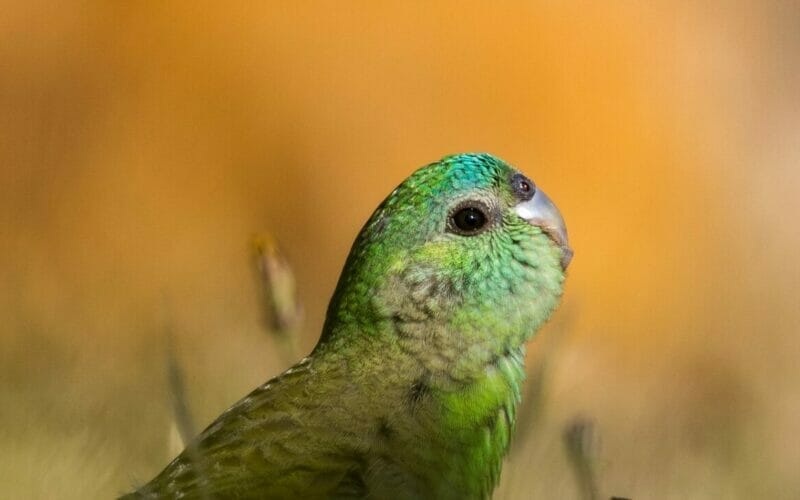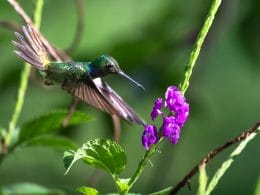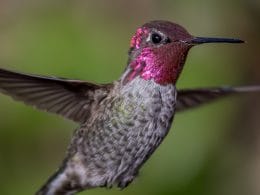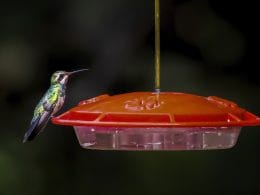Hummingbirds are tropical birds at heart, so even though they may be found across practically all of North America during the summer, the majority of them go south for the winter.
Anna’s Hummingbird is the most notable exception to this rule because it spends the entire year in the same location near the Pacific Coast.
Keep reading to find out all about hummingbirds and where you can spot them.
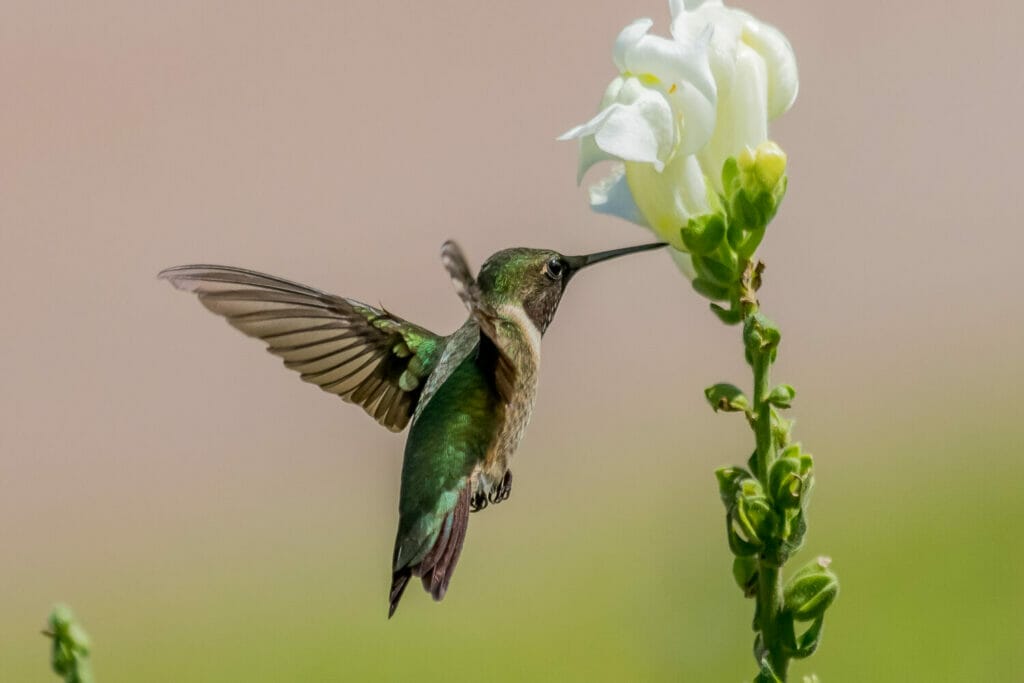
Hummingbird Migrations
The majority of hummingbirds that live in North America spend the winter in either Mexico or Central America.
Even while the distances traveled by hummingbirds are shorter than those traveled by warblers on their way to South America, it’s still a remarkable feat to comprehend, especially when you consider how small hummingbirds are.
One of the most impressive examples comes from the Ruby-throated Hummingbird. This bird weighs only slightly more than a penny but can complete the flight across the Gulf of Mexico, which is around 600 miles long, in sometimes less than a day.
Hummingbirds, like other kinds of birds, go south in the fall in search of new kinds of food. During the late summer/fall, when daylight hours are getting shorter, many birds are just setting out on this long migration.
The birds migrate back to their northern nesting areas in the United States and Canada during the latter part of winter and the early part of spring.
Migrating northward provides an opportunity to avoid the fierce competition for food that can be found in tropical regions, while also making use of an abundance of summer food supplies found in these northern areas.
Hummingbird Species
Anna’s Hummingbird (Calypte anna)
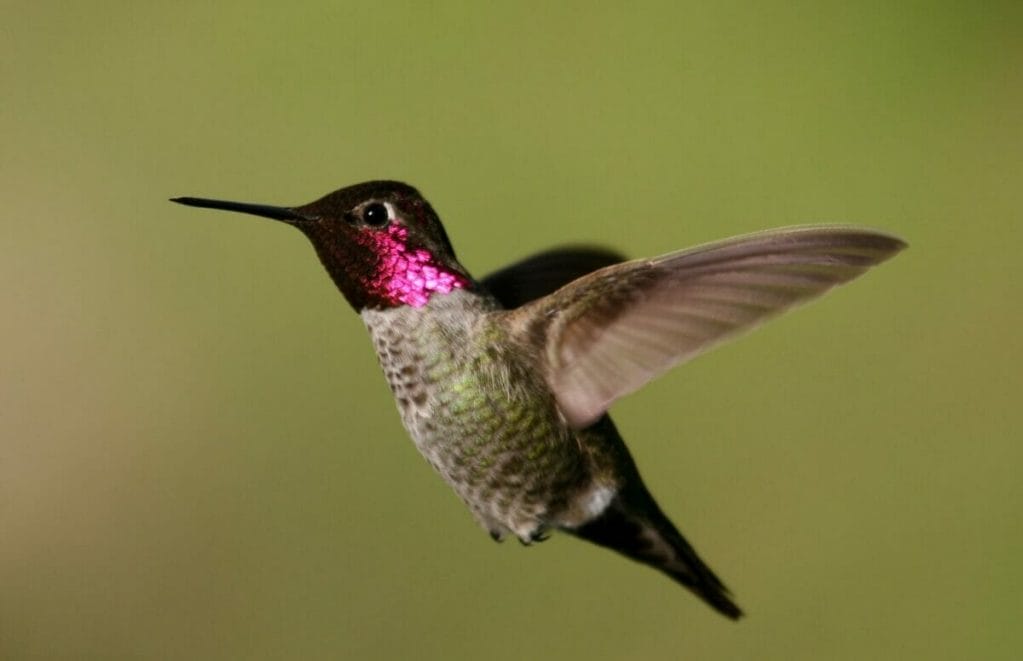
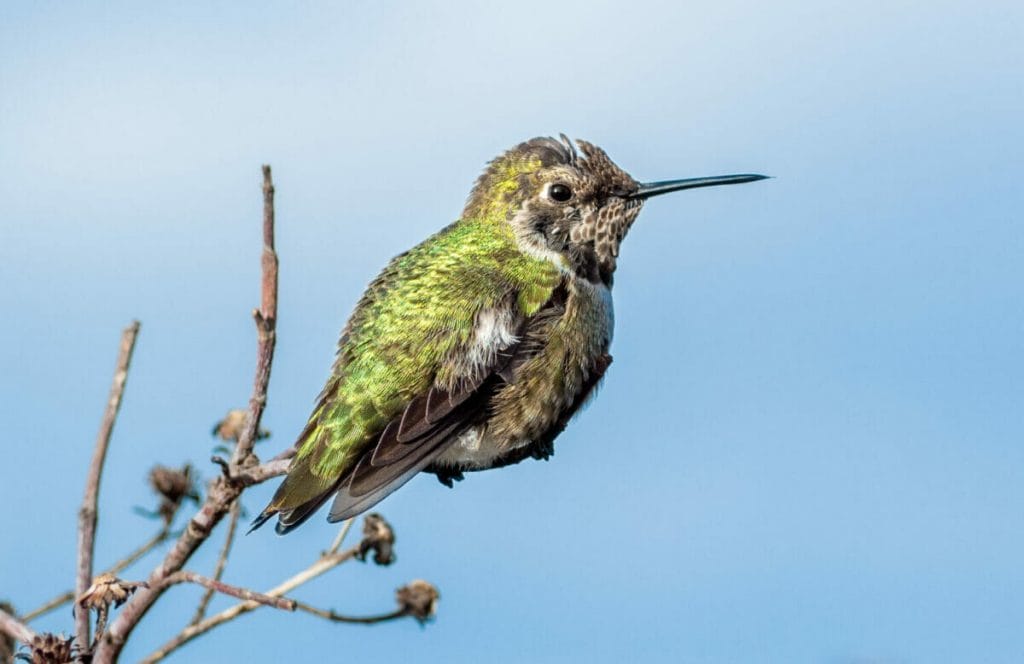
Although they don’t migrate like the majority of hummingbirds in North America, Anna’s Hummingbirds will occasionally travel small distances in search of extra food sources.
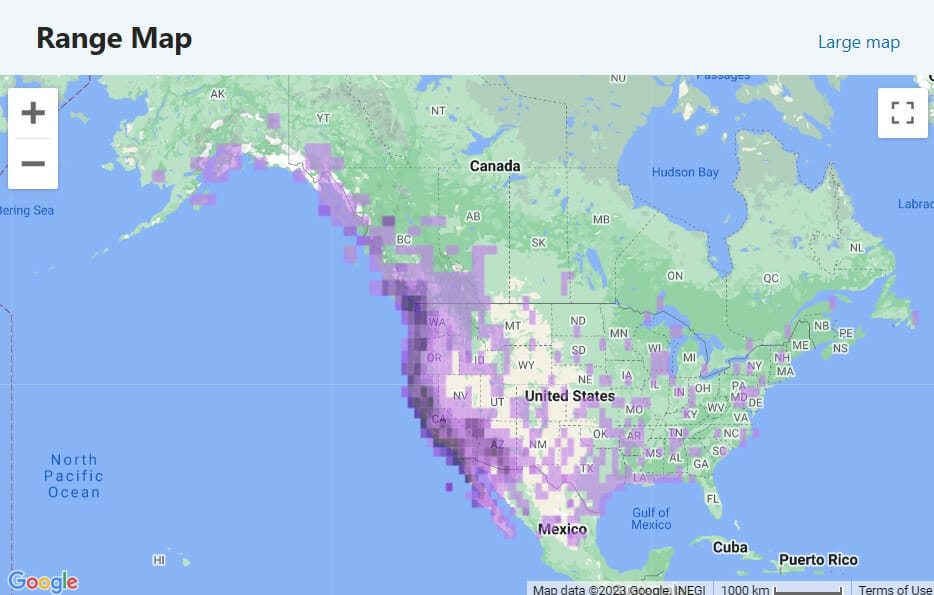

In today’s world, Anna’s Hummingbirds can be found in habitats that range from the far north of Mexico to the southernmost parts of Canada. However, this wasn’t always the case:
The bird’s breeding range was far narrower in the early half of the 20th century, being confined to just Baja, Mexico, and southern California at that time. This was remedied by the planting of exotic flowering trees along the West Coast, which gave the birds more nectar and places to nest.
The increase in popularity of hummingbird feeders in backyards is also contributing to the expansion of Anna’s Hummingbird populations.
This species of bird is listed by the IUCN as being of “Least Concern.”
Ruby-Throated Hummingbird
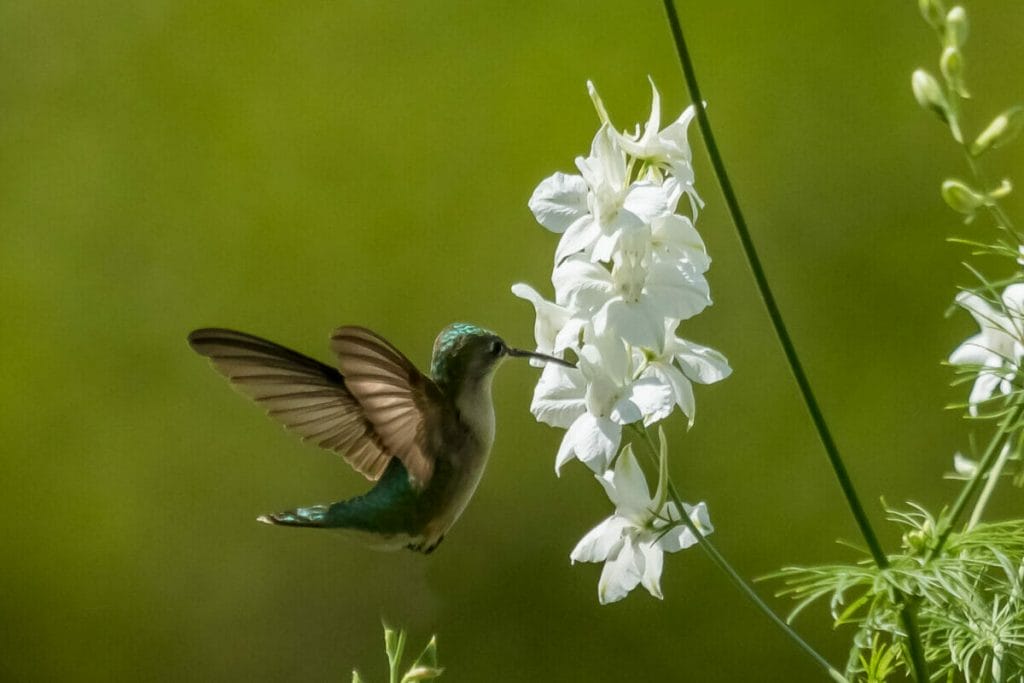
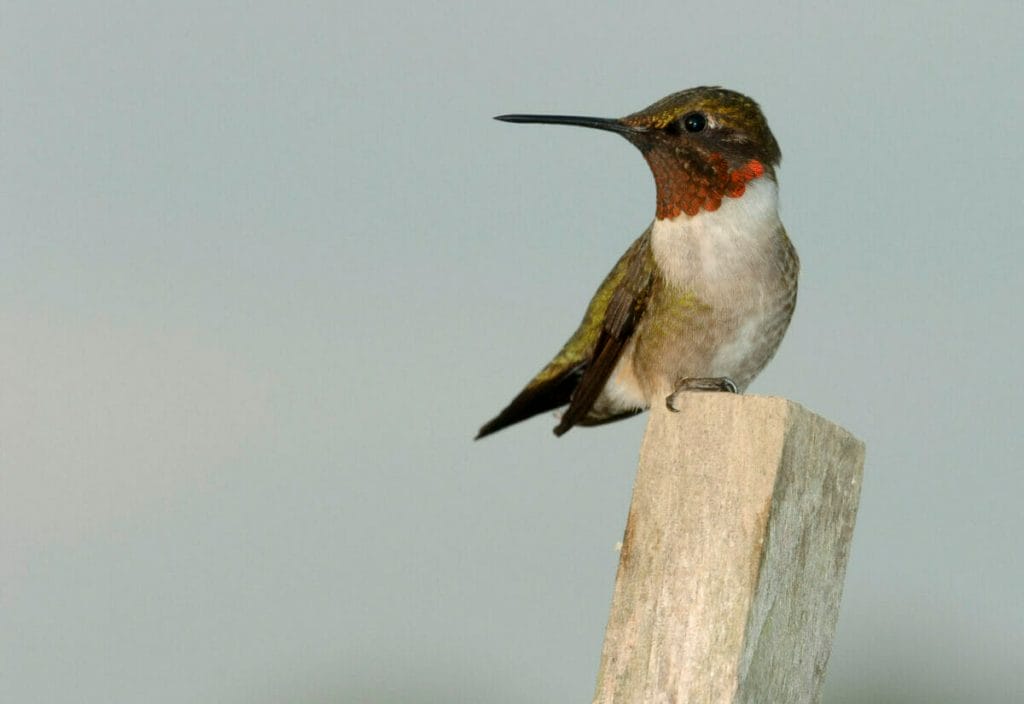
Ruby-throated Hummingbirds begin their annual migration in the spring, heading north into southern Canada and the United States, where they will spend the summer months breeding.

Some adult Rubythroats may start their voyage back to their wintering grounds as early as the middle of July, but the majority of them do not leave until the end of August or the beginning of September.
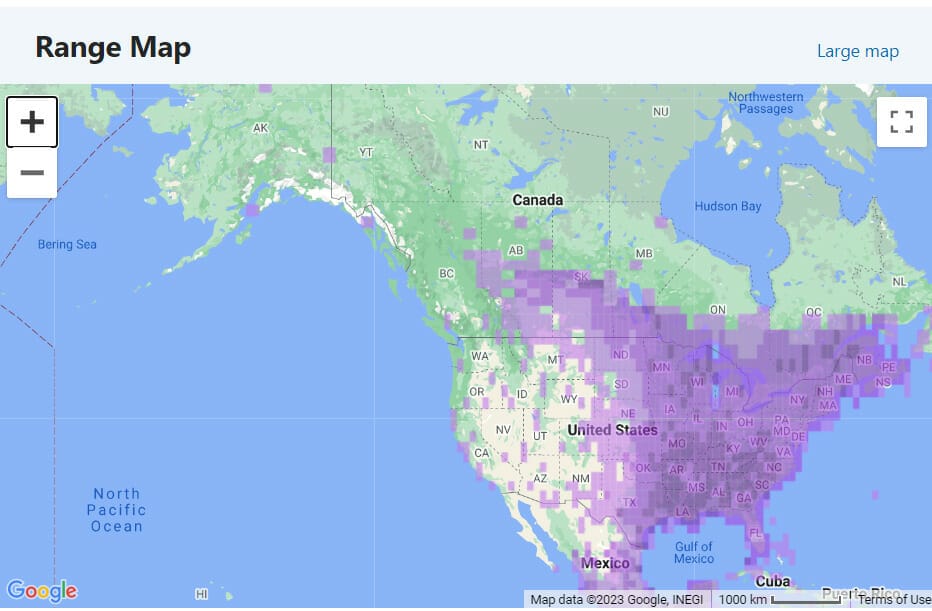
Most of these birds are going to southern Mexico and Central America, but some of them are going to stay in the southern United States along the Atlantic and Gulf Coasts. Those who settle permanently in the United States are almost always immigrants from Canada who have already traveled a distance of several thousand miles to get there.
Rufous Hummingbird (Selasphorus rufus)

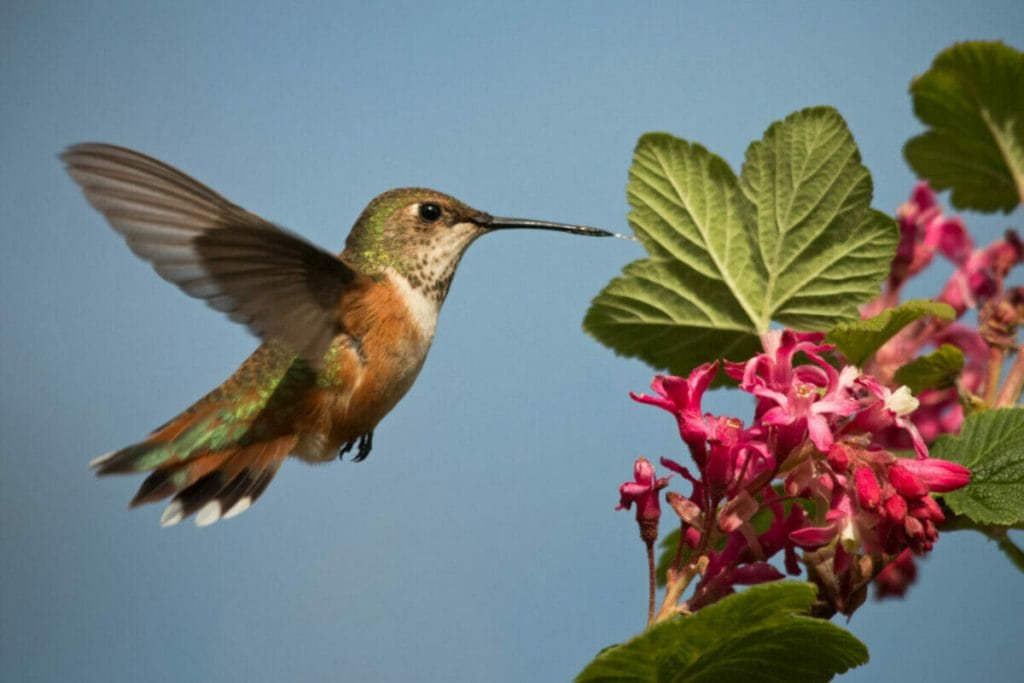
The southern and central regions of Mexico are where Rufous Hummingbirds spend their winters.
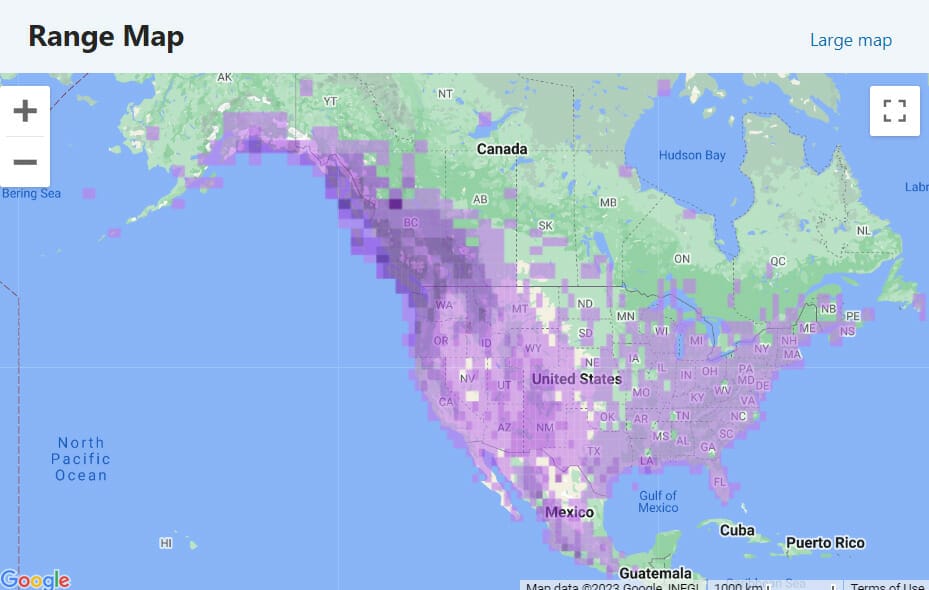
The Rufous Hummingbird, which is just three inches long and has a wingspan of four inches, has one of the longest migrations of any bird in the world. Its trip of 3,900 miles is about equivalent to 78,4 million human body lengths. The migration path of the Rufous Hummingbird is a clockwise circle.

The birds leave their wintering grounds in Mexico in the early spring and arrive in Washington State and Canada by May, after a long trip up the Pacific Coast. After spending only a short time in the north, some birds start their return journey as early as July, and then they make their way south over the Rocky Mountains.
The Rufous Hummingbird is classified as a Near Threatened species by the IUCN because its population is decreasing as a result of the destruction of its natural habitat.
Black-Chinned Hummingbird (Archilochus alexandri)

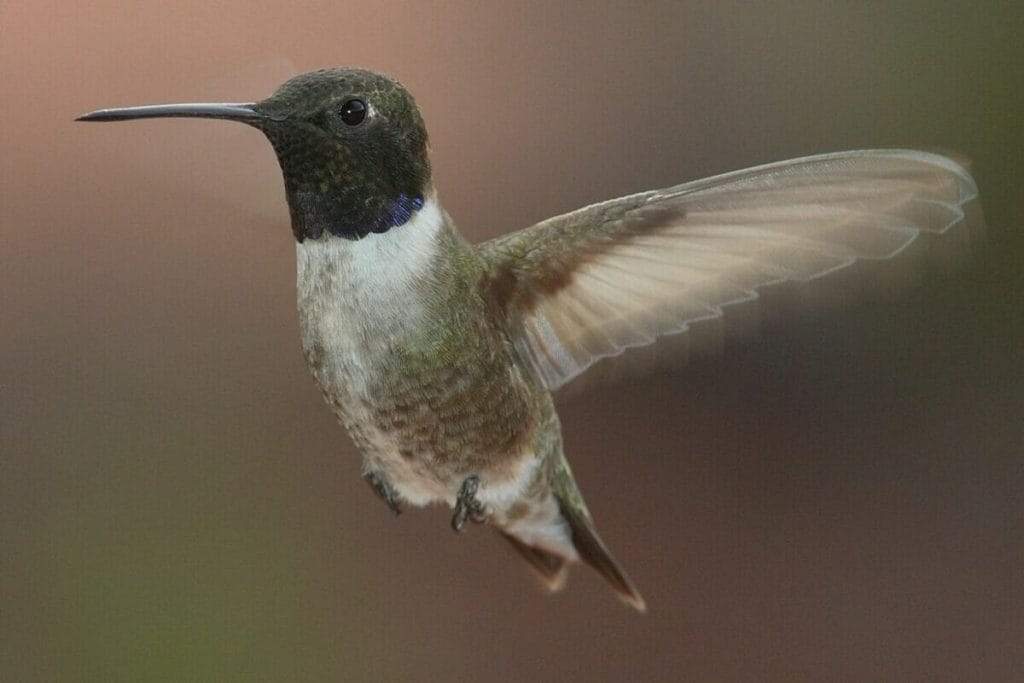
Black-chinned Hummingbirds can be found throughout the western United States during the summer months. This is one of the most adaptable species, as it can live in a broad variety of habitats, including urban settings.

After they have finished mating, many adult birds may fly to higher elevations in search of mountain flowers to eat before continuing their migration southward in the autumn. Most will make their way to western Mexico, although others will spend the winter along the Gulf Coast.

The increase in Black-chinned Hummingbird populations is most likely attributable to the widespread use of hummingbird feeders in backyards as well as the bird’s adaptability to living in a variety of environments.
The Black-chinned Hummingbird is a species that is considered to be of “Least Concern” by the IUCN.
Allen’s Hummingbird (Selasphorus sasin)
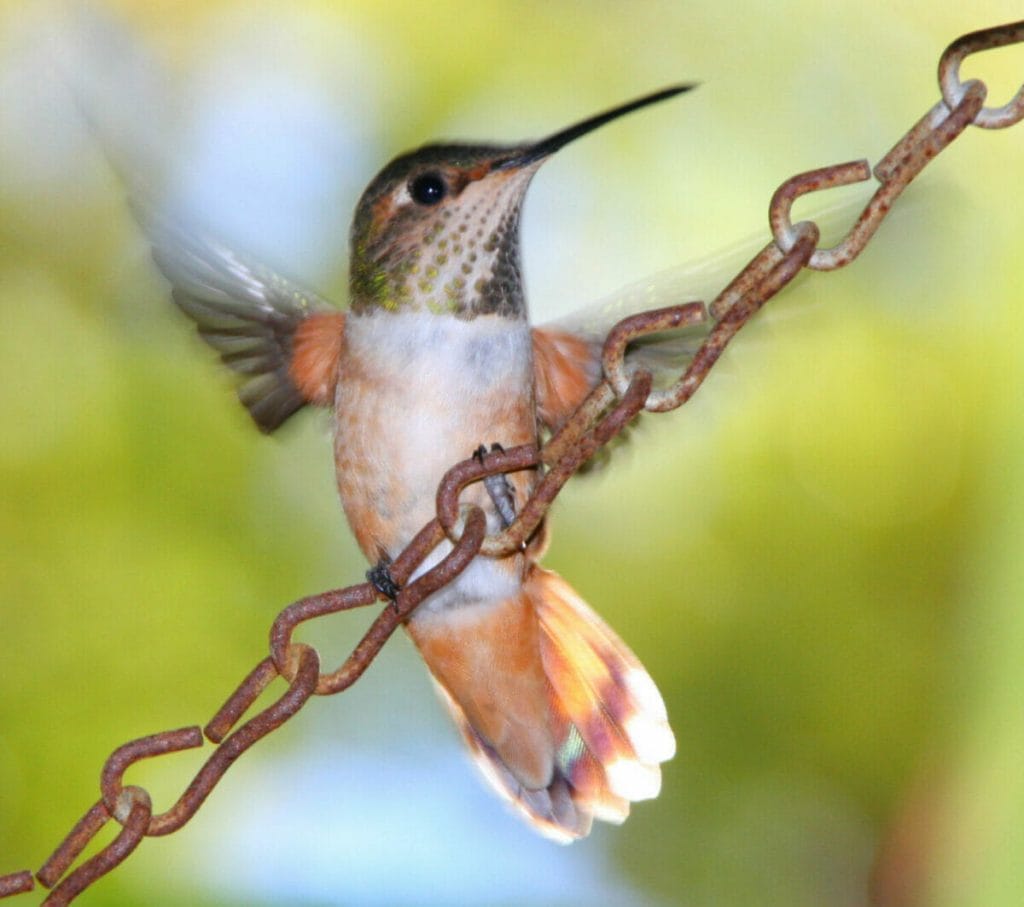
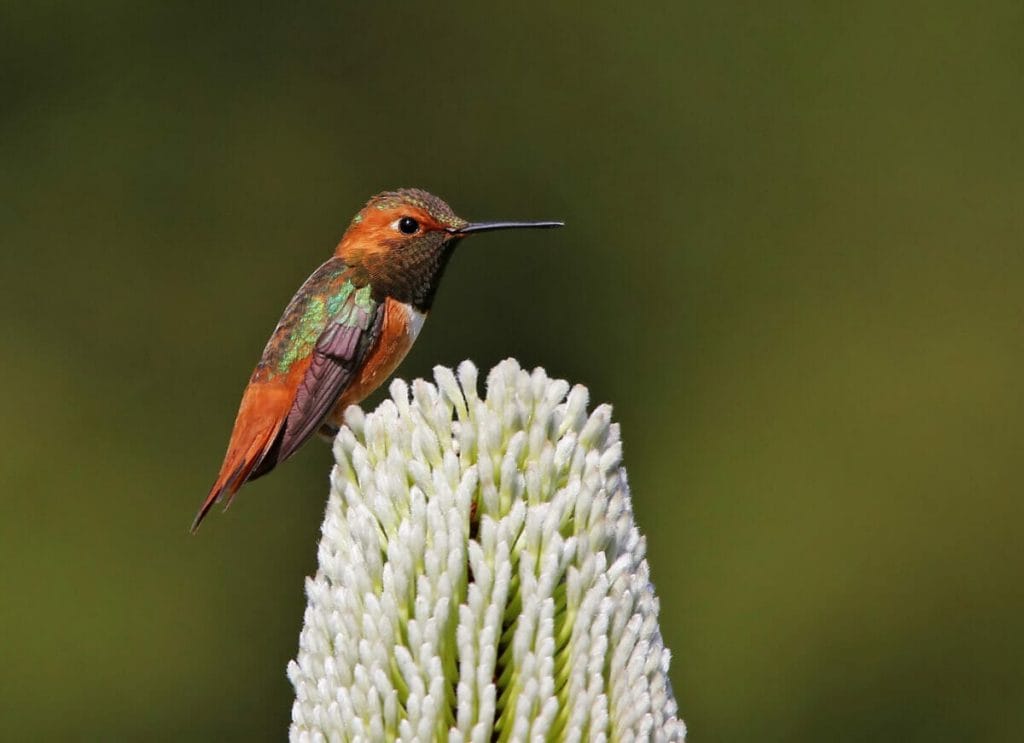
Allen’s Hummingbirds travel to western Mexico for their annual migration.
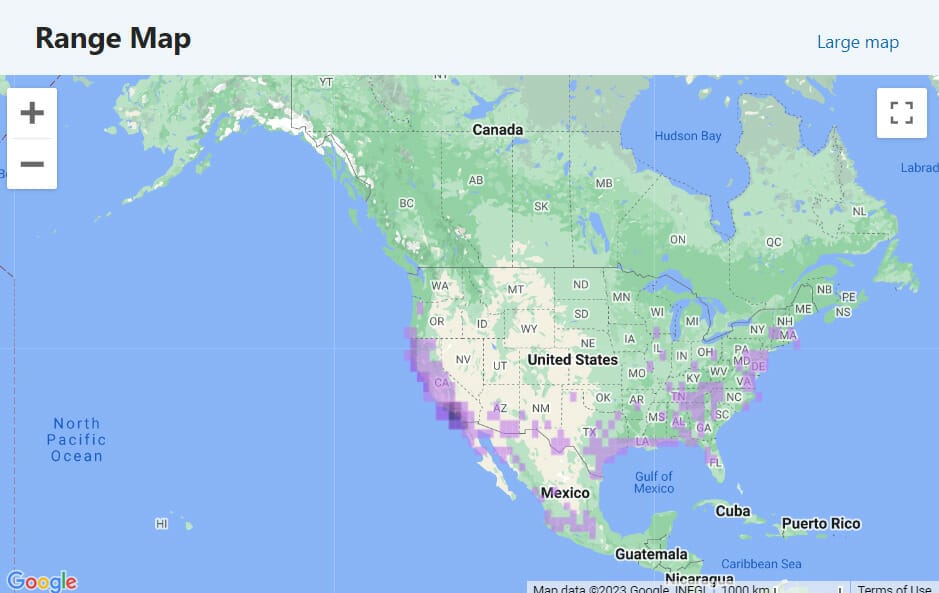
When compared to the springtime departures of other migratory birds headed to North America, Allen’s Hummingbirds have the upper hand. Some leave their wintering grounds in the early part of December, which gives them enough time to arrive along the beaches of California and Oregon in January, just in time for them to enjoy the winter wildflowers in the region.

Both male and female Allen’s Hummingbirds inhabit separate habitats during the breeding season. Males establish territories within regions of coastal shrub, while females travel into forests to lay their eggs.
Final Thoughts
For such little birds hummingbirds sure can migrate. The ting wings of hummingbirds are enough for them to fly an incredible distance, with some species of these birds traveling well over 600 miles during their migration.
FAQ
It isn’t really known how far hummingbirds can travel without stopping. We do know that their migration journey is very long considering the size of the bird and that there is nowhere for them to stop once they are over the Gulf of Mexico.
Yes, they do. So if you put out special feeders for them then you are likely to see them again year after year.
Yes, they can. They are one of the very few species that can fly backwards and better than that – they can fly upside down. They really are incredible acrobats of the air.





